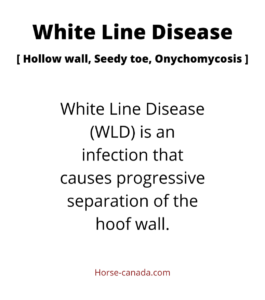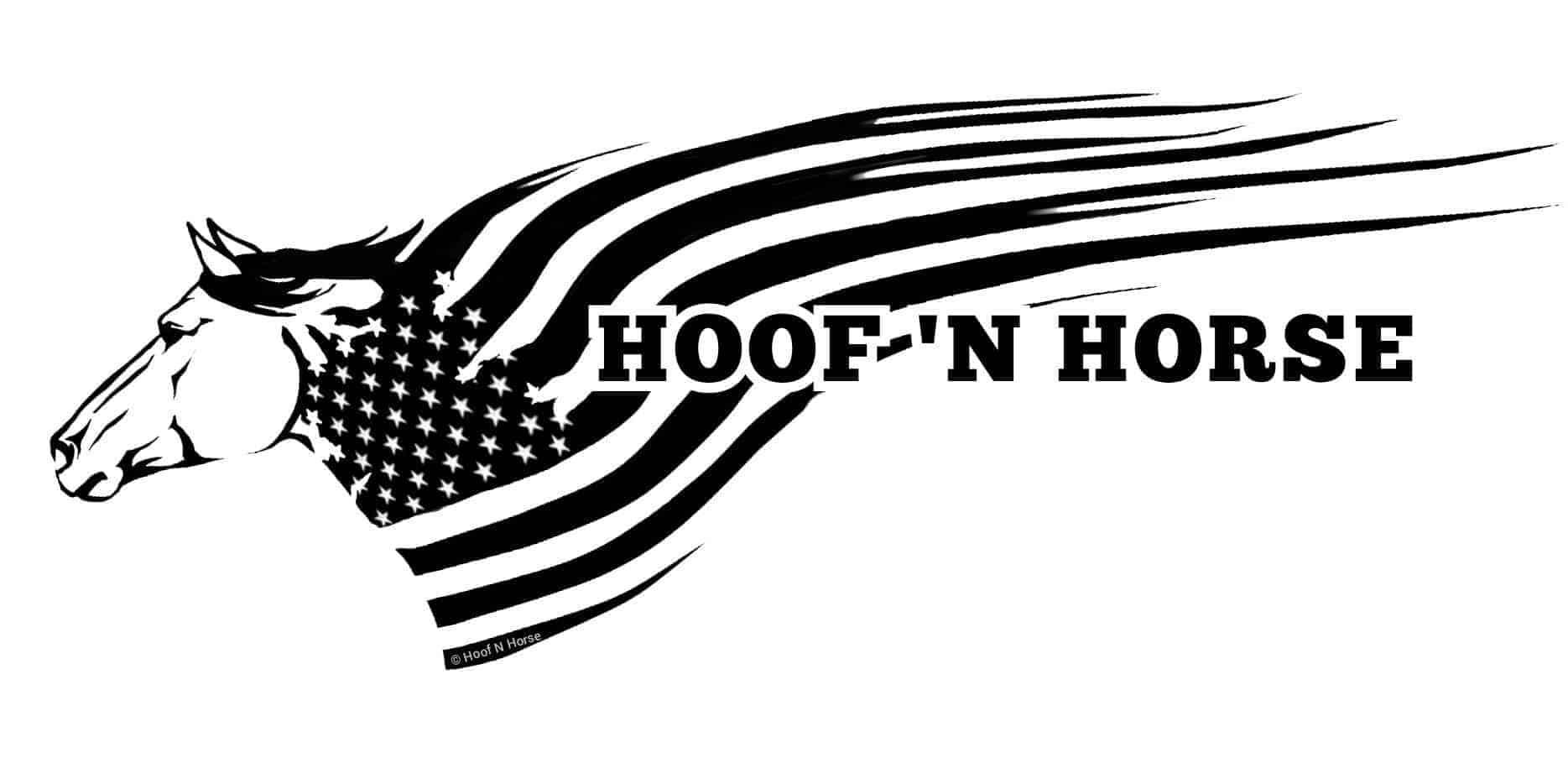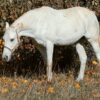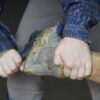
White Line Disease - Who's The Culprit?
It’s a secretive villain who never fully reveals it’s ugly identity until it’s too late.
White Line Disease (WLD) is one of the most aggressive hoof pathologies amongst a myriad of other conditions known to affect the hoof. In many cases, hoof issues go away with appropriate treatment and maintenance. Such is not the case with WLD. It won’t go down without a fight! We often see recurrent infections throughout the hoof wall for months, even years, after successful treatments.
So what causes this condition? How does it affect the hoof? What are the best ways to treat and destroy WLD?
Hold your horses! Let’s answer the first question today: The cause – who’s the culprit behind the walls

White line disease is called by many names including Hollow Wall, Seedy Toe, Wall Thrush, or Stall Rot. In medical terms it is referred to as Onychomycosis, which literally means nail fungus, or in this case, hoof fungus. These microorganisms feed primarily on keratin, a structural protein, which make up the middle layer of the hoof wall (stratum medium).
Since the hoof wall is composed of over 90% protein, it’s safe to say that keratin is the building block of the hoof wall…so it’s kind of important.
This protein contributes to the hoof’s structural integrity and strength, particularly the stratum medium which, thanks to keratin, is the strongest layer in the hoof wall.
There are several microbes that have been incriminated in this keratin-disintegration process, such as yeast and bacteria, but the main culprit – or culprits – are multiple species of fungi. According to research data, common species that have been identified with WLD infections include: Scopulariopsis, Trichophyton Tonsurans, Microsporun nanum, and Trechosporon pullulans; all of which are contracted from the soil and feed on keratin.

The biggest problem caused by this infection it’s location. As we learned earlier, the stratum medium is the strongest layer of the hoof wall. When barriers are breached and the 2nd layer of the wall is penetrated, pathogens enter and destroy structural bonds from the inside out. Without reinforcement, the hoof wall is no longer able to function as a weight-bearing structure.
The combination of fungal and bacterial colonies growing in the hoof wall can become highly aggressive and, without proper treatment, can result in lameness, secondary infections, or even recurrent abscesses. Which is why it’s very important to establish an aggressive treatment plan and the necessary environmental changes to combat this infection quickly.


